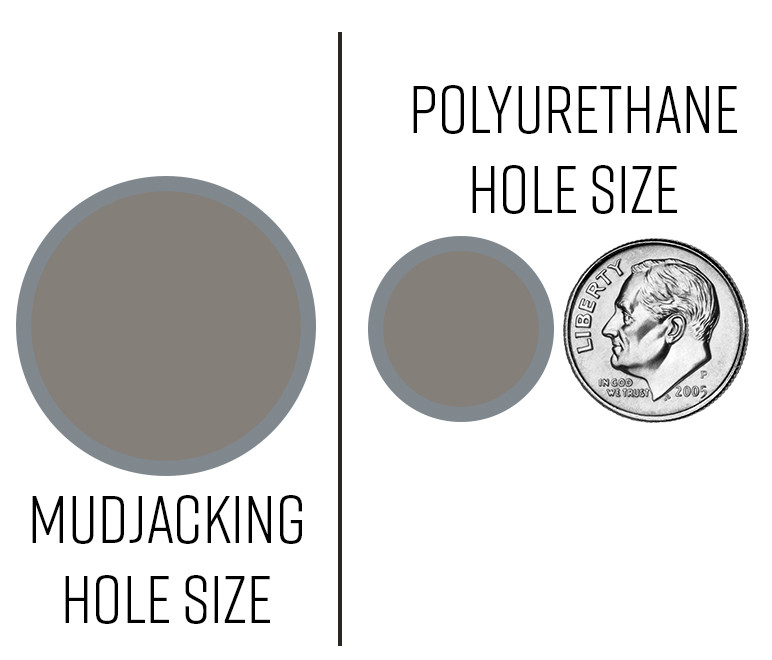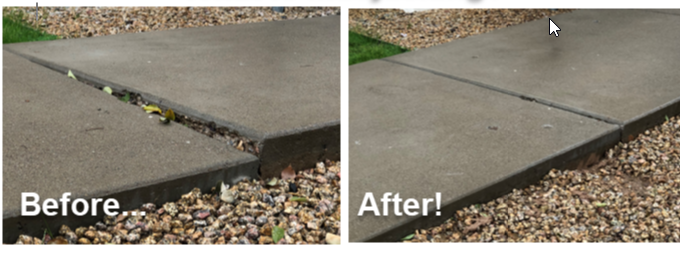Mudjacking vs. Poly Leveling
If you’re on the market for concrete leveling, you may have heard the term “mud jacking” to refer to the process of raising and leveling concrete. “Mud jacking” is a term often used interchangeably with “concrete leveling” or “poly leveling” but these terms don’t all mean the same thing.
Sunken, uneven, and broken concrete slabs are common in areas like greater Vancouver where changing weather and lots of precipitation cause soil movement and expansion. The pressure exerted by soil that has expanded with groundwater can be enough to break and move concrete. Then, during dryer seasons, that soil contracts, leaving a void between itself and the concrete. This void can also cause concrete to move, shift, crack, and become uneven.
Poly leveling and mud jacking are two methods for repairing concrete that has sunken, broken, settled, or moved. While the process for both poly leveling and mud jacking looks similar, there are a number of differences between the two.
First, let’s understand the concrete leveling process, then we will talk more about these differences.
The Concrete Leveling Process
Both poly leveling and mud jacking are processes by which concrete is leveled, they just use different materials to do so. The process of mud jacking actually looks very similar to the process of poly leveling. Both follow roughly this format:
- Holes are drilled in the broken, sunken, or uneven concrete all the way through so the technicians can gain access to the soil and void underneath.
- The fill material, either polyurethane foam (poly leveling or poly jacking) or concrete slurry (mud jacking), is inserted into the holes to fill the void.
- The foam or slurry is slowly pumped through to raise the concrete until it is level with surrounding surfaces.
- The pump is removed, the holes are refilled with concrete, and the area is cleared of debris.

 Difference #4: Holes
Difference #4: Holes